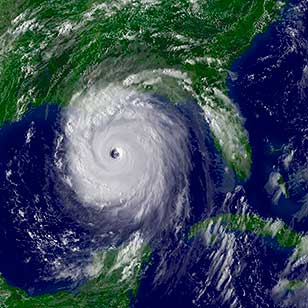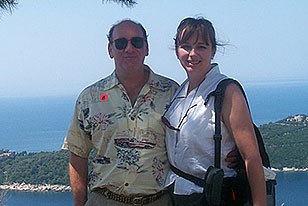Astrophysics & Cosmology
A Brief History of Our Universe (60 minutes)
Speaker: Max Tegmark, Ph.D.
With a cosmic flight simulator, we’ll take a scenic journey through space and time. After exploring our local Galactic neighborhood, we’ll travel back 13.7 billion years to explore the Big Bang itself and how state-of-the-art measurements are transforming our understanding of our cosmic origin and ultimate fate.
The Mysterious Dark Side of Cosmology:
Dark Matter And Dark Energy (60 minutes)
Speaker: Max Tegmark, Ph.D.
A recent avalanche of accurate measurements has revolutionized our understanding of cosmology, but also stumped us with new puzzles. What are the dark matter and dark energy that together make up 96% of the stuff in our universe? Learn about some of the most promising dark matter and dark energy candidates, and some of the experiments that may solve these mysteries in the next few years.
How Did It All Begin — Or Did It? How Will It All End? (60 minutes)
Speaker: Max Tegmark, Ph.D.
Although we humans have undoubtedly asked these questions for as long as we’ve walked the Earth, we’ve made spectacular progress on them in recent years, forcing us to discard much of what cosmology textbooks told us up until quite recently. Get the latest on competing ideas, their implications and how they can be experimentally tested.
Questions, I’ve Got Questions: Black Holes Edition (60 minutes)
Speaker: Max Tegmark, Ph.D.
Take a look at some of the most spectacular recent evidence that black holes really exist. Dr. Tegmark will cover what we know about them and what remains mysterious. Are black holes in fact crucial to enable galaxies to form? Can black holes form new universes in their interiors? Plus, using a fully general-relativistic flight simulator, you’ll take a scenic orbit of the monster black hole at the center of our Galaxy and discuss how one could actually make this dizzying journey with only modest energy expenditure.
Parallel Universes (60 minutes)
Speaker: Max Tegmark, Ph.D.
Is physical reality larger than the part that we can observe? Dr. Tegmark argues that not only are parallel universes likely to exist, but that there may be as many as four different levels of them, related to infinite space, cosmological inflation, quantum mechanics and mathematical structures.
Cosmology And the Meaning of Life (60 minutes)
Speaker: Max Tegmark, Ph.D.
When gazing up on a clear night, it’s easy to feel small and insignificant. Join Dr. Tegmark for a a status report on the search for extrasolar planets and extraterrestrial life. Might cosmic life be much rarer than one might guess, making our planet the most significant place in our entire observable universe? We’ll discuss and speculate about possible long-term futures for life on earth and in the cosmos.

















